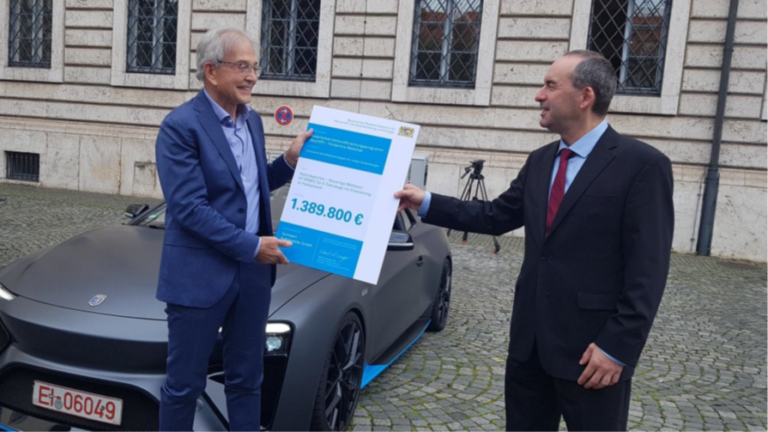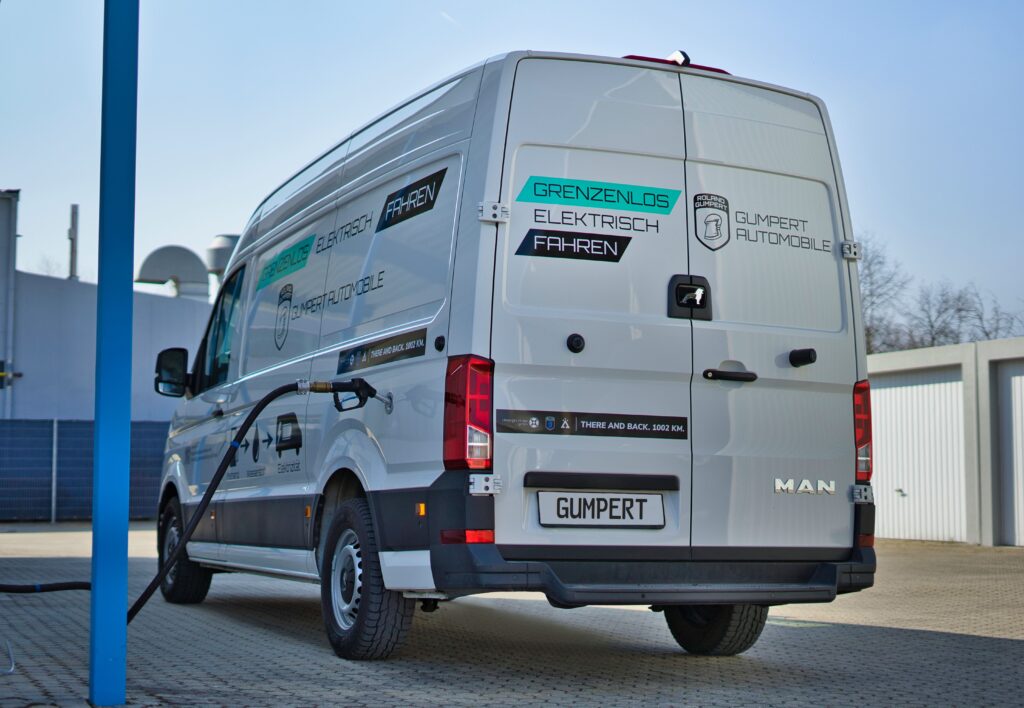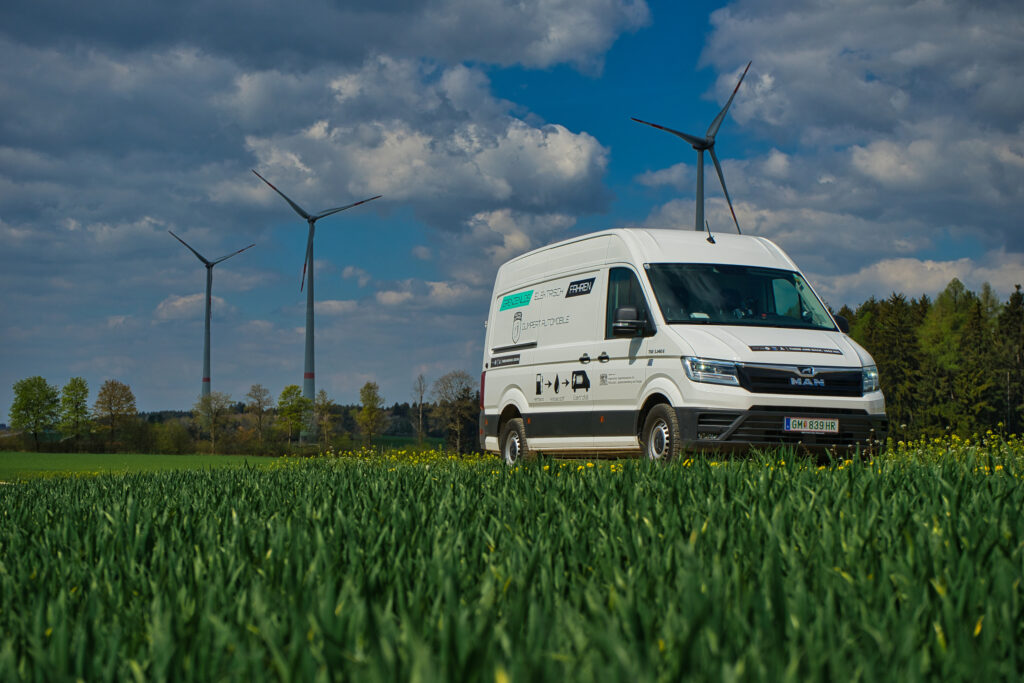
"…for an electrically powered vehicle, which doesn’t use ONE Watt from the grid to be energized to drive 1000km."
- Roland Gumpert
Ecological &
Pollution free
The methanol cycle - from production to a clean operation

The methanol cycle - from production to a clean operation
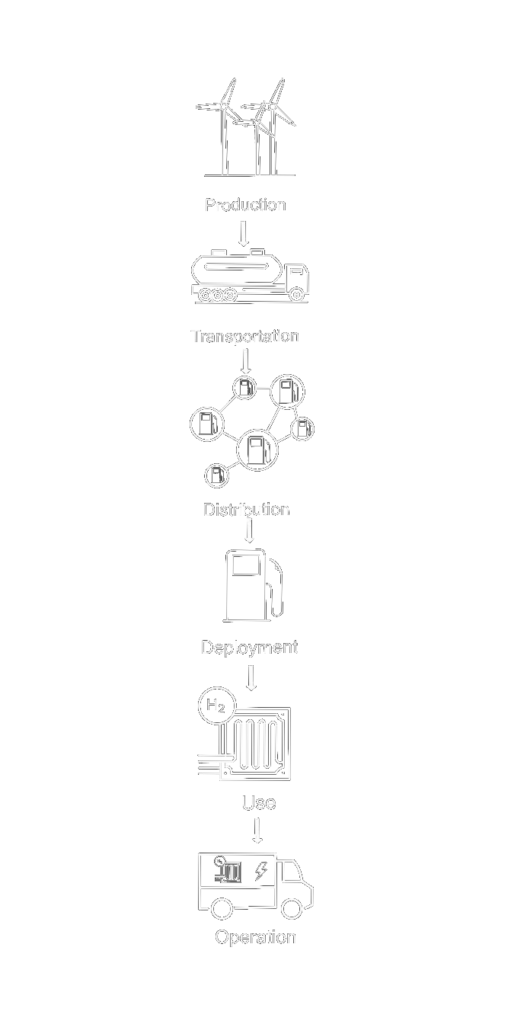
We combine the best of green driving Technologies
Electric
- Best efficency with electrical engines
- No engine noises
- No need to cool the stored energy
- No high pressure in the system
Hydrogen
- Suitable for long distances
- No large and heavy energy storage [Battery] on board
- No engine noises
eFuels
- No investments in an additional infrastructure
- Transport as a liquid at ambient pressure and ambient temperature
- Usage of existing pipelines
- Usage of existing gas stations
- Refuel within minutes
- CO2 neutral
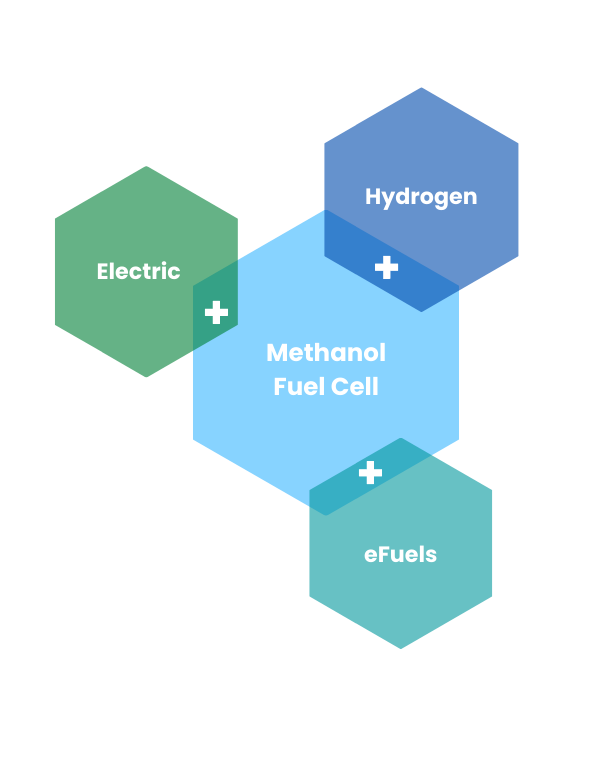
Liquid Electricity
Gumpert Power Cell for commercial vehicles
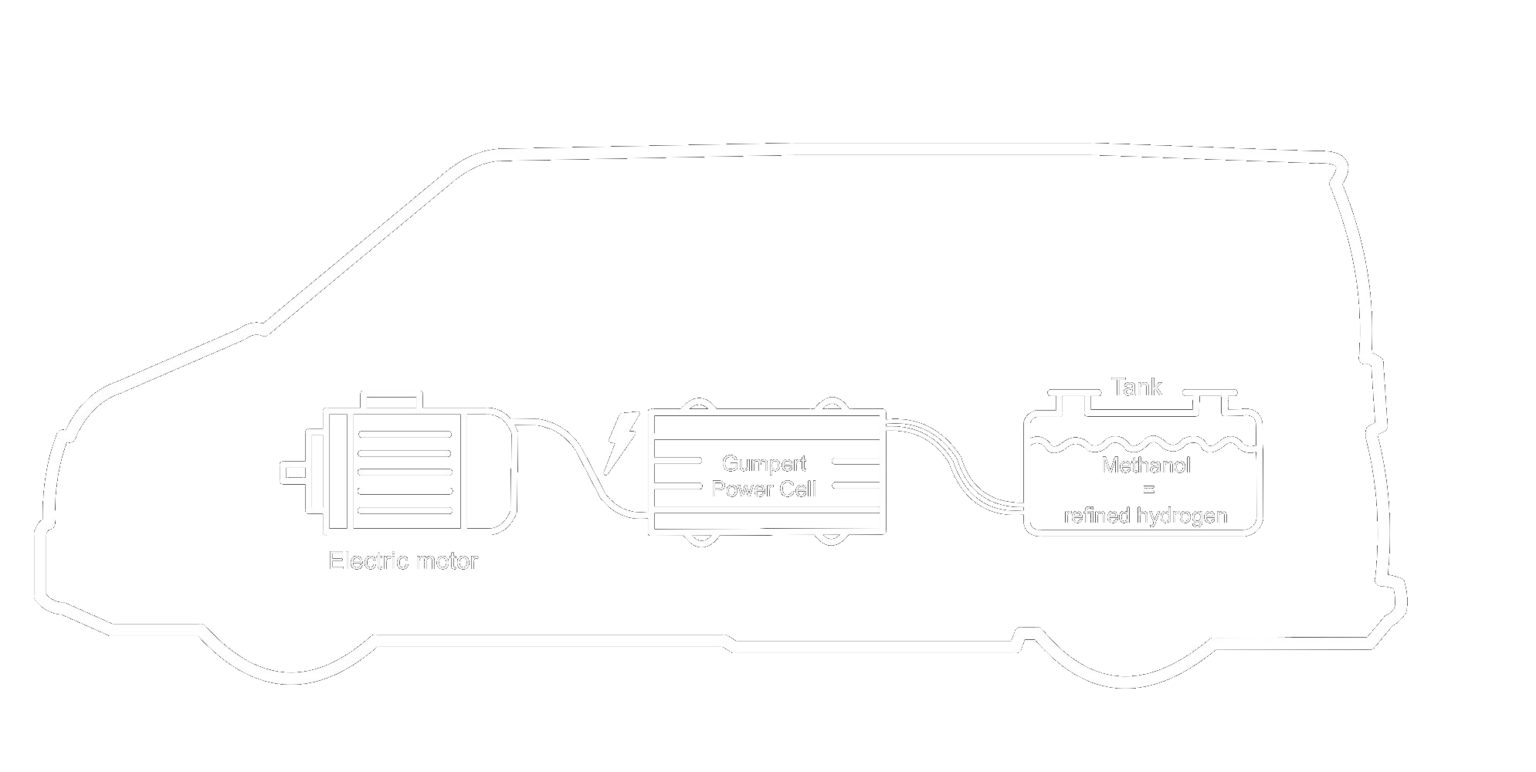
The mobility of tomorrow
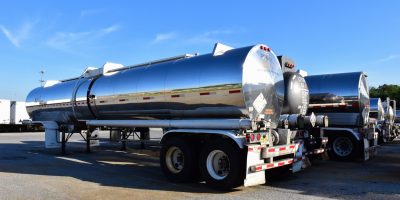
Transportation
Transport as a liquid, like conventional fuel

Distribution
Use of existing petrol station infrastructure

Refueling Process
Conversion of the existing fuel dispensers
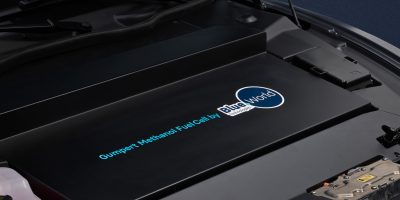
Conversion
Convert methanol into electricity
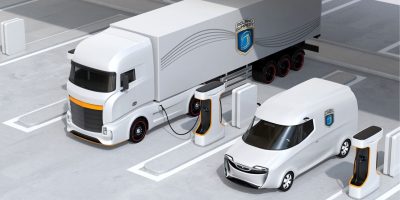
Limitless Driving
Electric and Co2-neutral
The Mobility of Tomorrow
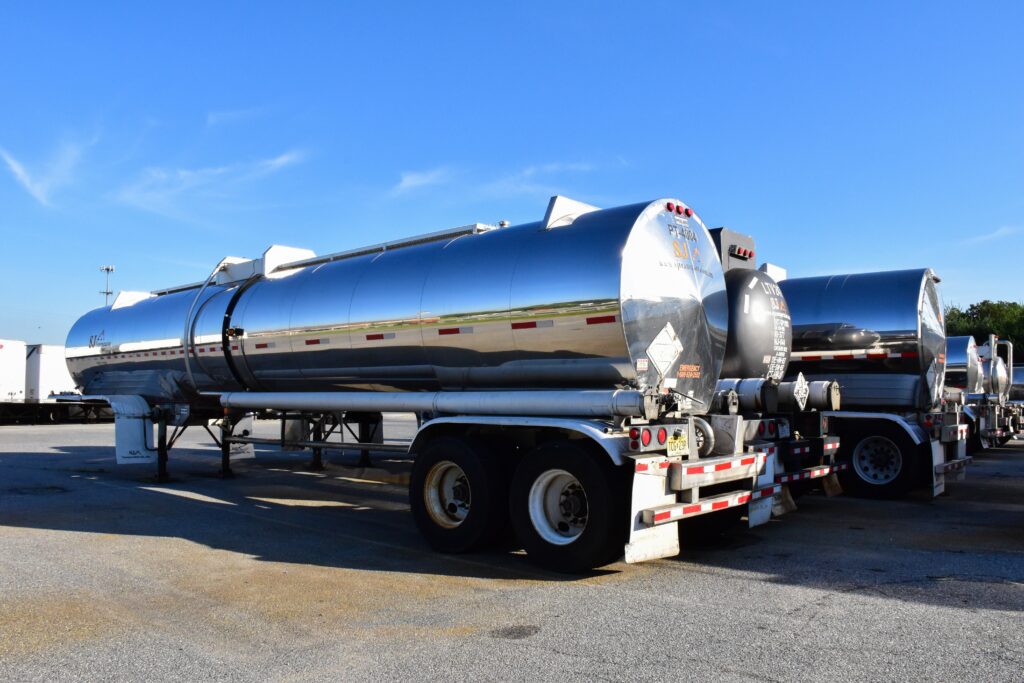
Transportation
Transport as a liquid, like conventional fuel
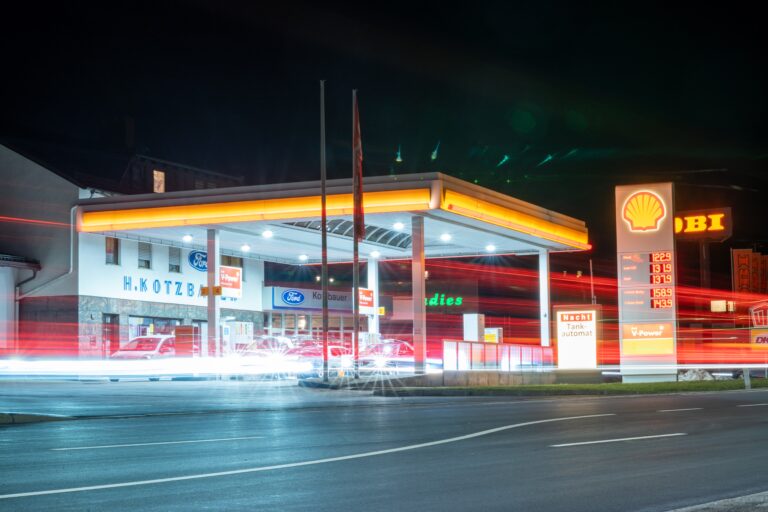
Distribution
Use of the existing petrol station infrastructure

Refueling
Conversion of the existing fuel dispensers
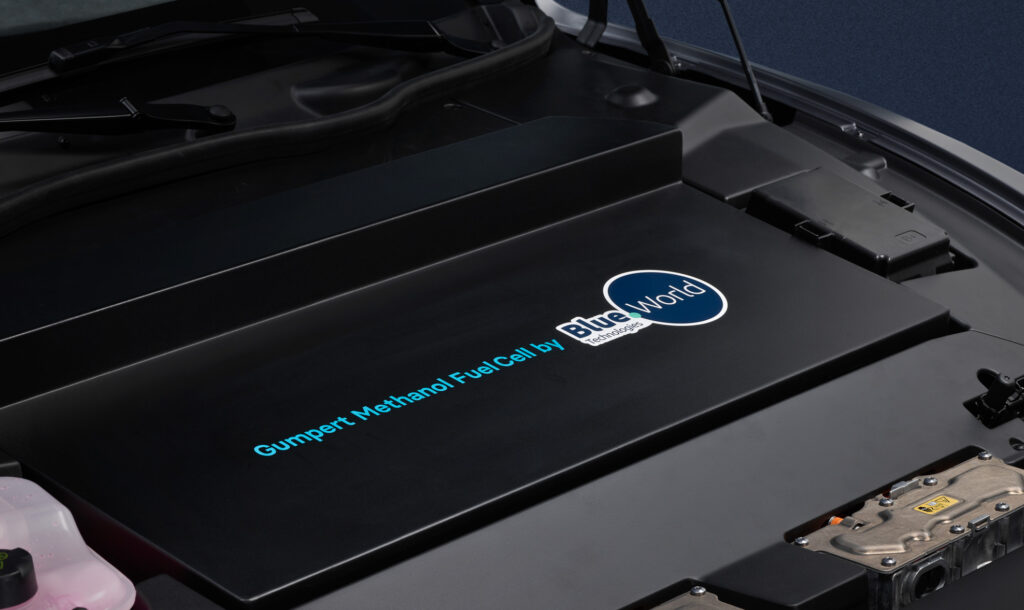
Conversion
Convert methanol into electricity
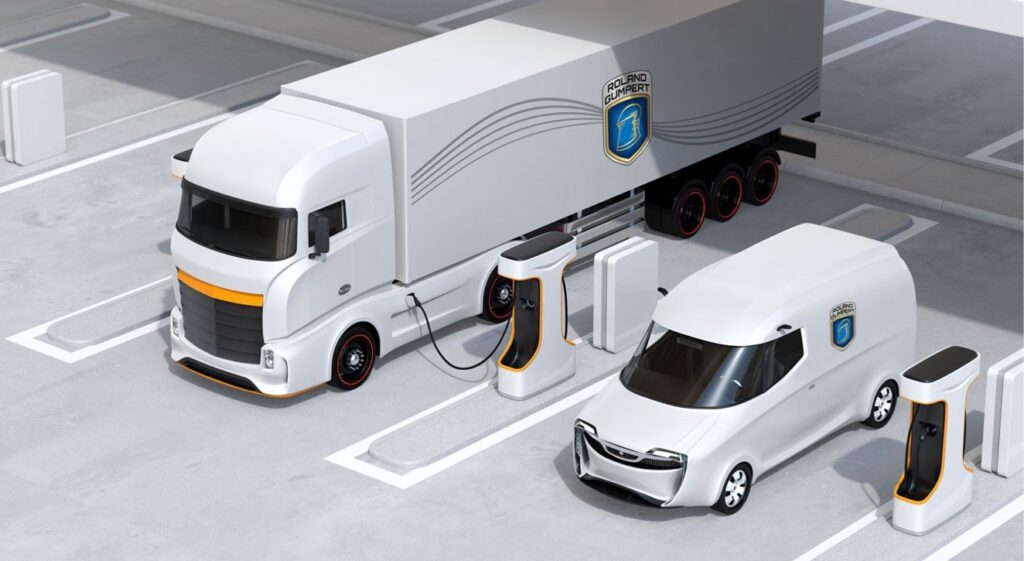
Limitless Driving
Have a Question?
FAQ
Technically, it is possible to convert any existing vehicle with our technology. However, Gumpert fuel cell technology is based on an electric powertrain. Thus, from an economic point of view, it only makes sense if the base vehicle is an E-vehicle, or has been converted as such. Gumpert currently does not offer individual conversions for end users, but concentrates on enabling the fuel cell system for series use in transportation.
One of the major advantages of our technology is that we can use the existing fuel infrastructure for gasoline and diesel worldwide for methanol with a manageable conversion effort. In China, there are already numerous filling stations offering the certified methanol fuel M100. In Europe, too, a large-scale project is currently in progress to obtain certification so that methanol can be made available at filling stations in this country very soon.
Short charging/fueling times, as with a transport vehicle with an internal combustion engine, and therefore emission-neutral electric driving. And all this without having to build a new infrastructure worldwide – these strong arguments are unique and cannot be offered in this form by any other technology to date. For this reason, the Gumpert company is aiming for a significant market share for drive units in the transport industry with the Gumpert Power Cell.
Our company concentrates on the qualification of the fuel cell system for serial use in transportation. The systems are used in vehicles with a permissible total weight of 3.5 tons or more and are designed as a mass product for normal consumers. Our company is primarily a system developer of fuel cell technology; we developed the Nathalie sports car as a vehicle manufacturer, but we are now primarily pursuing methanol fuel cell development. Therefore, you will find our technology first and foremost in vehicles from existing commercial vehicle manufacturers.
Our company focuses on the qualification of fuel cell systems for serial use in transportation. The systems are used in vehicles with a gross vehicle weight of 3.5 tons or more. Our company is a system developer of fuel cell technology, but not a manufacturer of commercial vehicles and/or conversions. Therefore you will find our technology in vehicles of existing commercial vehicle manufacturers and/or cooperation partners.
An internal combustion engine burns fuel at a temperature of around 1000 degrees Celsius. This process is always incomplete and exhaust emissions such as NOx and SOx are produced. In addition, an internal combustion engine has a crankshaft with connecting rods that need oil lubrication (oil change, oil filter, oil disposal). A fuel cell produces water and electrical energy through a chemical process, which eliminates such emissions. “Burning” methanol or hydrogen in an internal combustion engine is an excellent ” temporary” solution, but not the “long term” solution we need. Our future will be “electric”, either with batteries (short distances and charging stations) or with “refined hydrogen” i.e. methanol for long distances and using the existing infrastructure of the worldwide existing filling station network.
What we do.
We are developers of methanol fuel cells for the automotive industry.
Electricity can be stored in the form of liquid fuel by using methanol as a liquid energy carrier.
The production of methanol has already reached a large scale, so it can be easily distributed and stored anywhere in the world.
It is possible to produce methanol from renewable sources that emits zero carbon dioxide from well-to-wheel.
There are only a few modifications required to make it compatible with the existing infrastructure.
Be part of our Future.
We are looking for highly motivated people who want to be part of the automotive industry future. Join us on an innovative journey.
We want you!

Ohne Limit
26,00 €
From rally world champion to environmental visionary | Autobiography of the world-famous engineer.

